Certain physical spaces are imbued with a near-supernatural gravitas. Most any Civil War battlefield has a sort of ethereal presence. Even if the weather is pretty and the scene pastoral, the blood that was spilt in these places is adequate to canonize that remarkable dirt into something mystically awe-inspiring. So it is when you enter the hallowed spaces of the American submarine USS Drum (SS-228).
The Drum is part of the Battleship Alabama Memorial Park in Mobile, Alabama, a place I recently had the honor of visiting. Everything is cramped, but all submarines are cramped — even the modern ones. I have been through the German U-boat U-505 in Chicago as well. I recall that one being somewhat worse in that regard.
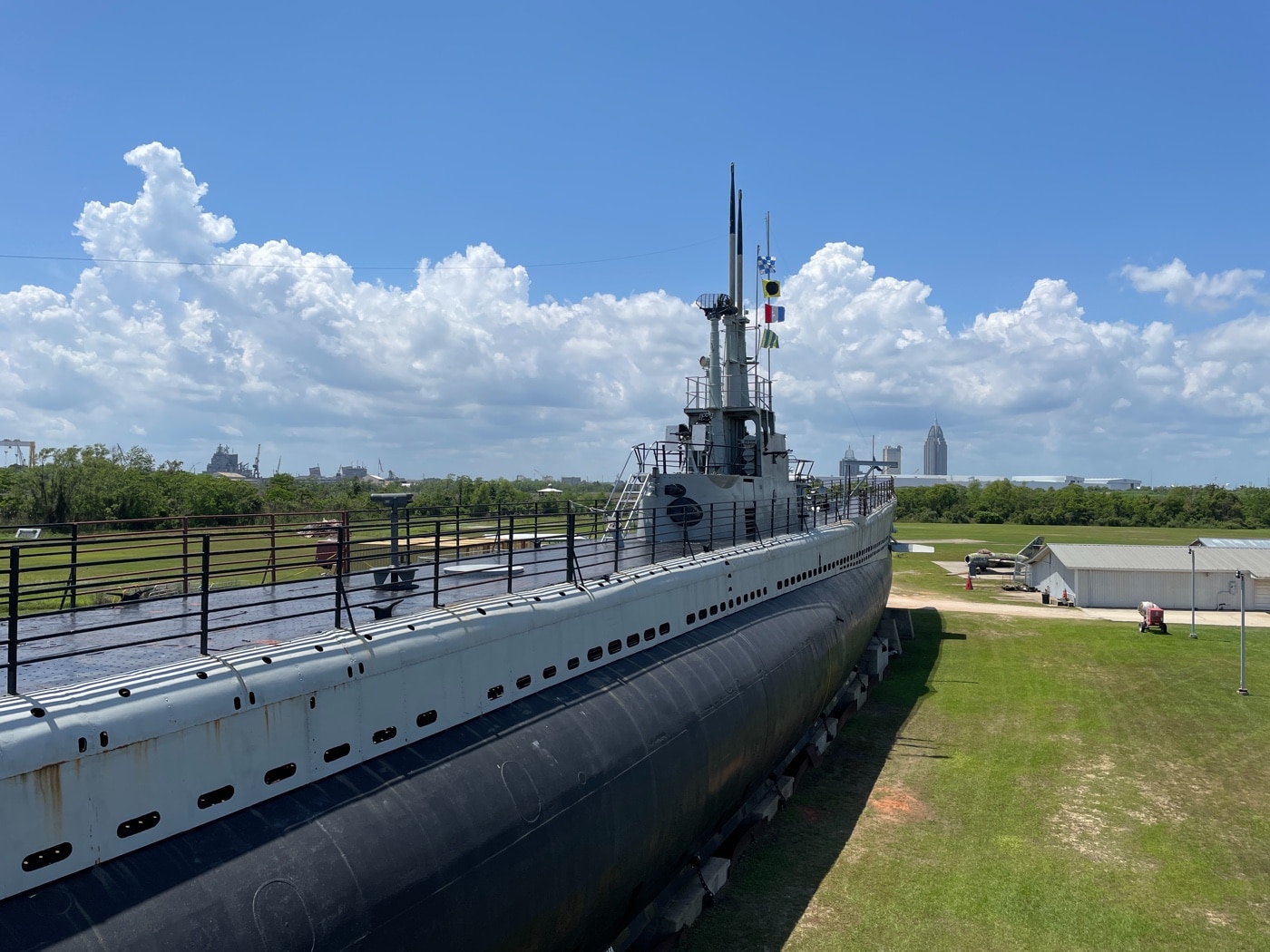
Where U-505 was full of meticulously crafted wooden paneling, the Drum is all greasy steel and chrome. As you carefully squeeze among the many pipes, engines, torpedoes, and sundry fixtures, however, it behooves you to ponder where this thing has been.
Origin Story of the USS Drum
The Drum was laid down on 11 September 1940, at Portsmouth Naval Shipyard in Kittery, Maine. She was unleashed upon the oceans on 12 May 1941. The Drum was one of 318 US Navy submarines to serve during World War II. That’s not what makes the Drum impressive, however. The Drum has seen more than her share of combat action.
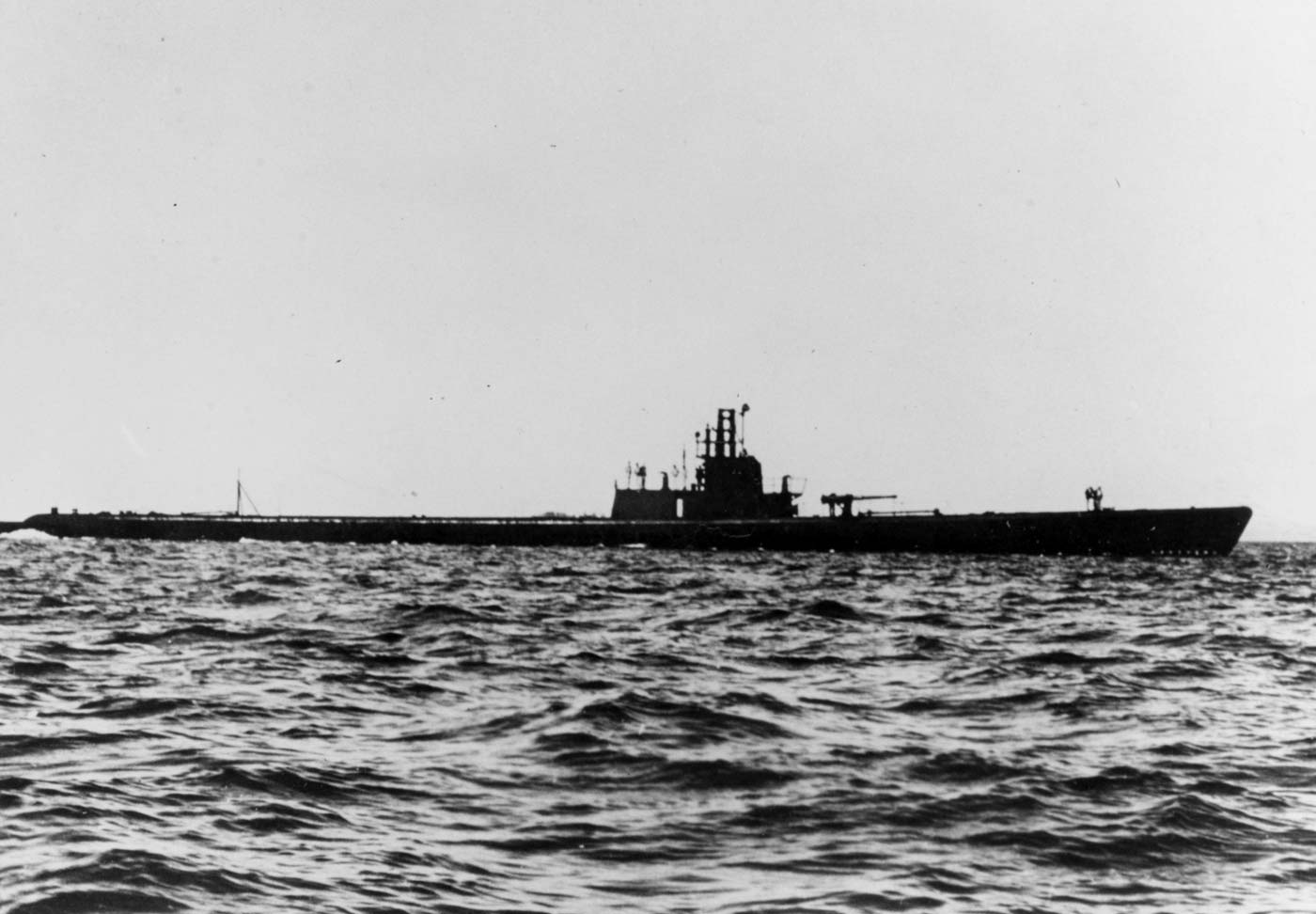
The USS Drum conducted 14 war patrols. She was depth-charged mercilessly on multiple occasions. The Drum earned a dozen battle stars and sank 15 Japanese ships, the eighth-largest score of any American sub. If this machine could talk, the stories she could tell.
Details
The Drum was a Gato-class submarine. The Gato subs were the first mass-produced submarines used by the U.S. Navy. Though larger and somewhat less nimble than their British and German counterparts, American Gato subs offered such amenities as air conditioning, refrigerated food storage, freshwater distilling systems, clothes washing facilities, and enough bunk space for the entire crew.

There were 77 Gato-class subs commissioned between 1941 and 1943. They were all named after fish. That’s the reason we fielded such unfortunately titled warships as the Cod, the Halibut, the Muskellunge, the Flying Fish and the Bluegill. Were it me, I would have picked something sexier.
Impressions of SS-228
Submarine combat is one of the most intense of the many intense martial pursuits. The intrinsic capacity for pathos and drama in undersea conflict is almost unparalleled. As a result, Hollywood has explored submarine warfare on numerous occasions. They never get it right — not even close.
The submarine filmography is long. U-571, Das Boot, K19, Hunt for Red October, Run Silent, Run Deep, and Crimson Tide are but a few. In each case, even the good ones, there is space to move around and interact. That just wasn’t the case in the real world.

To tour the Drum, your start at the stern and work forward to the bow. I actually missed the conning tower entirely. Having drawn my impressions from Das Boot and U-571, I figured the ship’s command center would be the size of a small garage. The conning tower on the Drum was ridiculously tiny — like a good-sized closet. Three guys would fill the space. It was more like the turret of an armored vehicle than a combat ship’s command center. Additionally, the view out of the periscope is nothing to write home about. The entire boat was like one big communal steel coffin. I simply cannot imagine trying to go to war in such a thing.

A warship is like some sentient steel creature. Its crew performs a zillion little tasks at the behest of the skipper, all of which synergistically take the thing from place to place and deal death along the way. In the case of the USS Drum, it is tough to imagine any sense of situational awareness, much less the capacity to fire weapons accurately over long distances. As was made so patently manifest in Das Boot, being trapped in that long steel tube while enemy destroyers dropped depth charges on your head would be enough to drive a man insane. And that actually happened to these poor guys in this very machine, several times.
War Stories
In the Spring of 1942, the Drum was on her inaugural cruise moving from the East Coast where she was built to the Panama Canal, when she was attacked by an Allied warplane that mistook her for a U-boat. It was an ignominious beginning. On 14 April 1942, the USS Drum departed Pearl Harbor on her first of 14 war patrols.

The Drum first drew blood when she sank a Japanese seaplane tender off the coast of Japan on May 2nd of that year. However, in so doing, she kicked over a hornet’s nest. What followed was an intense and relentless depth charge attack … that went on for 16 hours.
These guys were just kids. Nobody had any practical experience with any of this. And yet they sweated it out for 16 hours submerged, trying desperately not to die while Japanese destroyers pummeled them with high explosives. They obviously survived. However, before that first patrol was done, the Drum had added a further three Japanese freighters to her kill tally.
On her third patrol in September of that year, the Drum sent the IJA Hague Maru, a large converted passenger ship packed with wheat, steel, military vehicles and a boatload of paper currency looted from the Bank of Formosa, to the bottom. For those sins, she was subjected to another protracted and furious attack by both aerial bombs and depth charges. The Drum sank at least two more Japanese vessels before capping that patrol as well.
By December of 1942, the boat was already showing her age. Despite taking on water in her bow due to faulty valves, she nonetheless spotted and attacked the Japanese aircraft carrier Ryuho. The Drum pumped a pair of torpedoes into the massive enemy flattop, causing her to list so far over that the flight deck touched the sea. The carrier’s escorts, however, charged in for some payback.

During her immediate crash dive, the Drum’s port screw seized and the boat lost depth control. As the crew struggled mightily to effect repairs underwater, the disabled sub was subjected to two more protracted rounds of depth charges. The damaged carrier remained afloat, but only just. The Drum headed home but only after punching a torpedo into another Japanese tanker.
On her eighth combat patrol, the Drum sank a submarine tender but was again subjected to a series of three protracted depth charge attacks. This time, the boat was so badly damaged that the entire conning tower had to be replaced. And yet she nonetheless still remained in service.
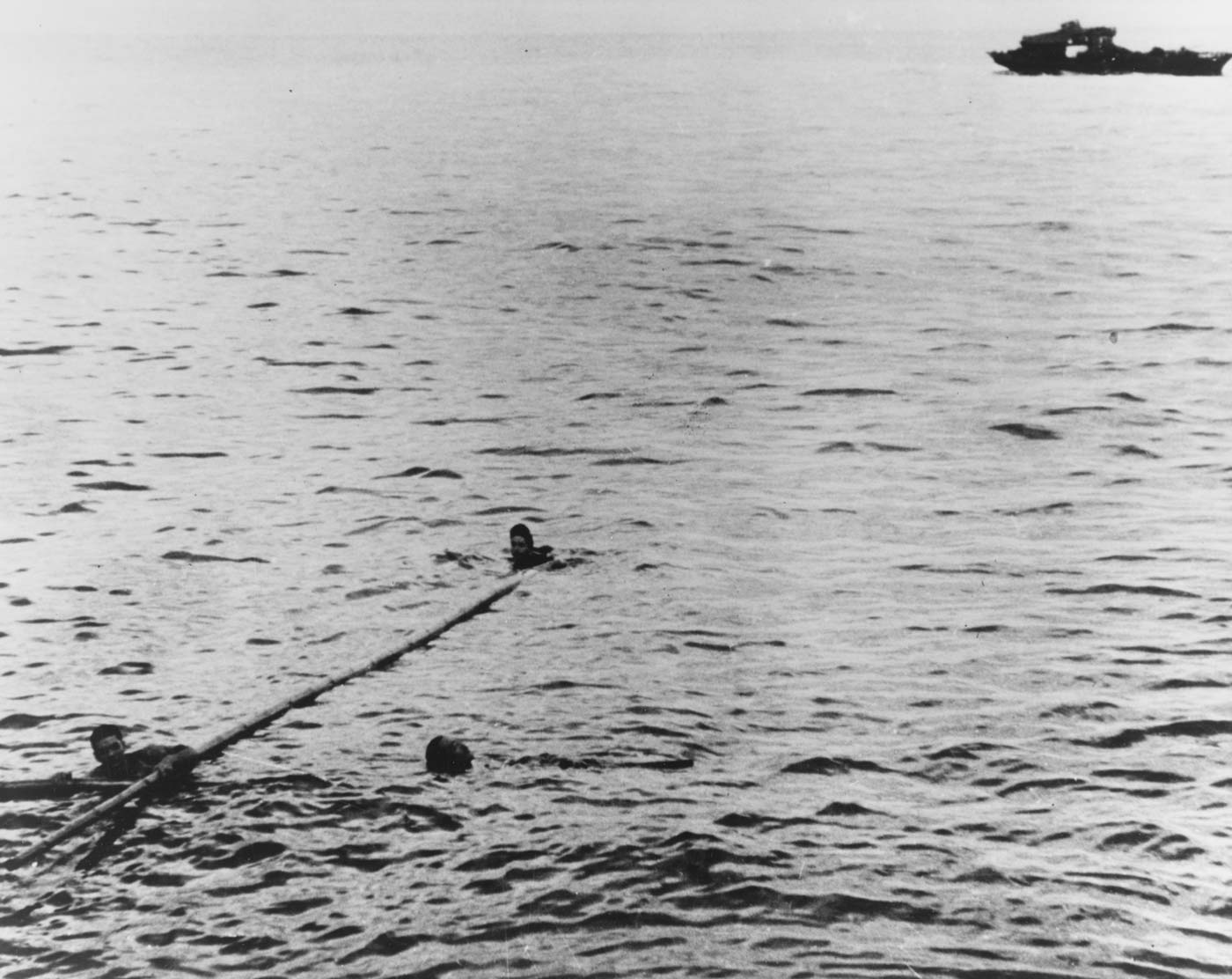
The tenth patrol was noteworthy in that the Drum surfaced after an attack and took two Japanese sailors prisoner. These POWs were brought back to Pearl Harbor for interrogation. There followed a steady string of freighters, ammo ships, and troop transports that the Drum sent to the bottom.
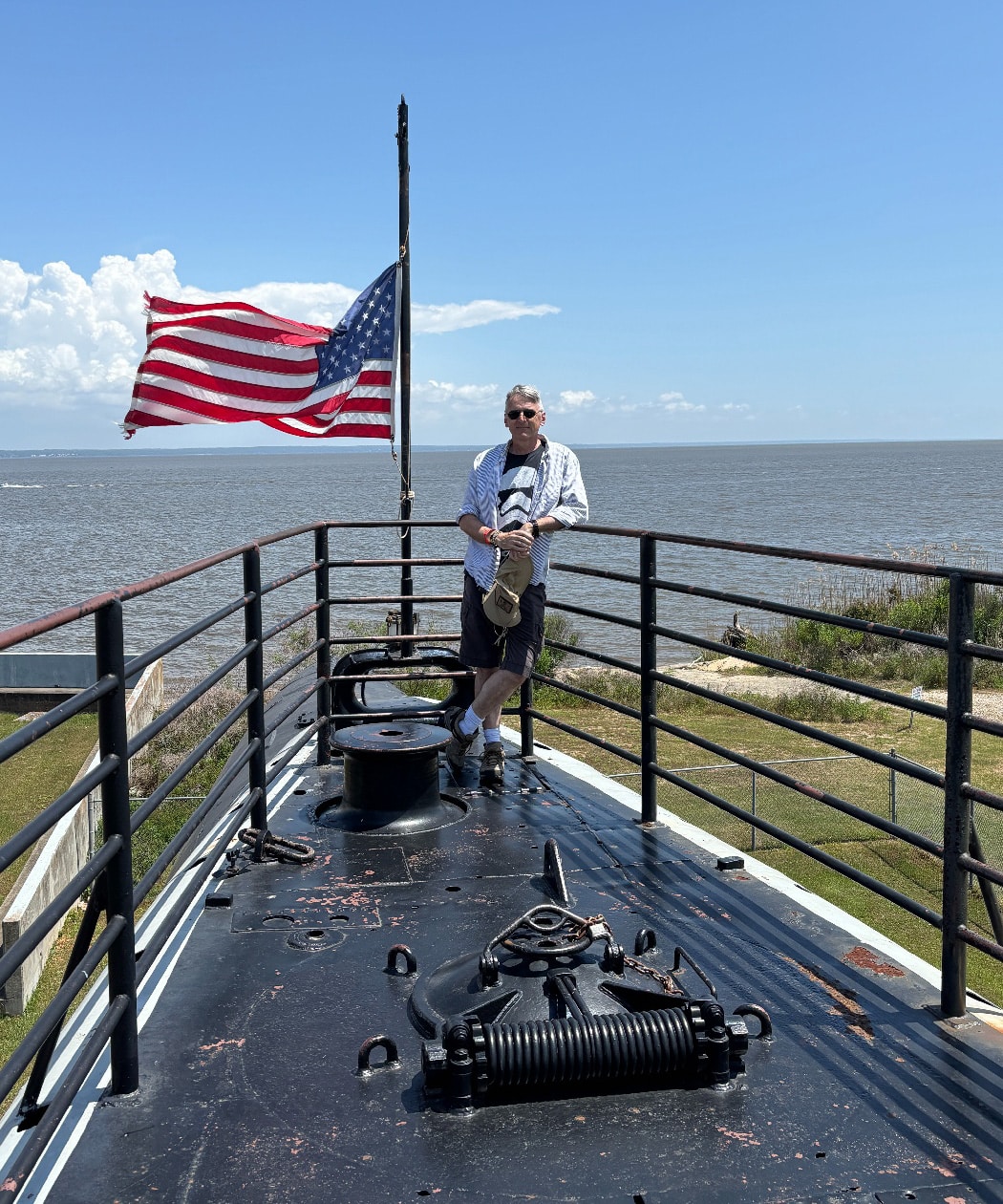
With Japanese targets becoming both fleeting and rare, the Drum pulled lifeguard duty. This mission involved searching for downed aviators during the invasions of Iwo Jima and Okinawa. At war’s end, she sailed from Saipan back through the Panama Canal and on to the East Coast.
Ruminations
What the Japanese tried and failed to do, Mother Nature nearly pulled off. The Drum used to be moored in Mobile Bay alongside the battleship USS Alabama. However, the storm surge from Hurricane Katrina rolled the storied warship over, damaging her severely. The following year, the Drum was moved onto a permanent display foundation out of the water and reopened for visitors. It would seem that the USS Drum is indeed unkillable.

The Drum is the oldest surviving American submarine from World War II. Threading your way through the boat’s labyrinthine spaces is at once suffocating and awe-inspiring. More than eight decades ago, 83 American sailors — many of them teenagers — sat crammed inside this 311-foot metal tube as Japanese explosives rained down upon them. These great American heroes did not know whether they would survive to see another sunrise or be crushed in the depths of a pitiless ocean. Their spirits live on in the valiant boat that brought them home.
Editor’s Note: Please be sure to check out The Armory Life Forum, where you can comment about our daily articles, as well as just talk guns and gear. Click the “Go To Forum Thread” link below to jump in and discuss this article and much more!
Read the full article here

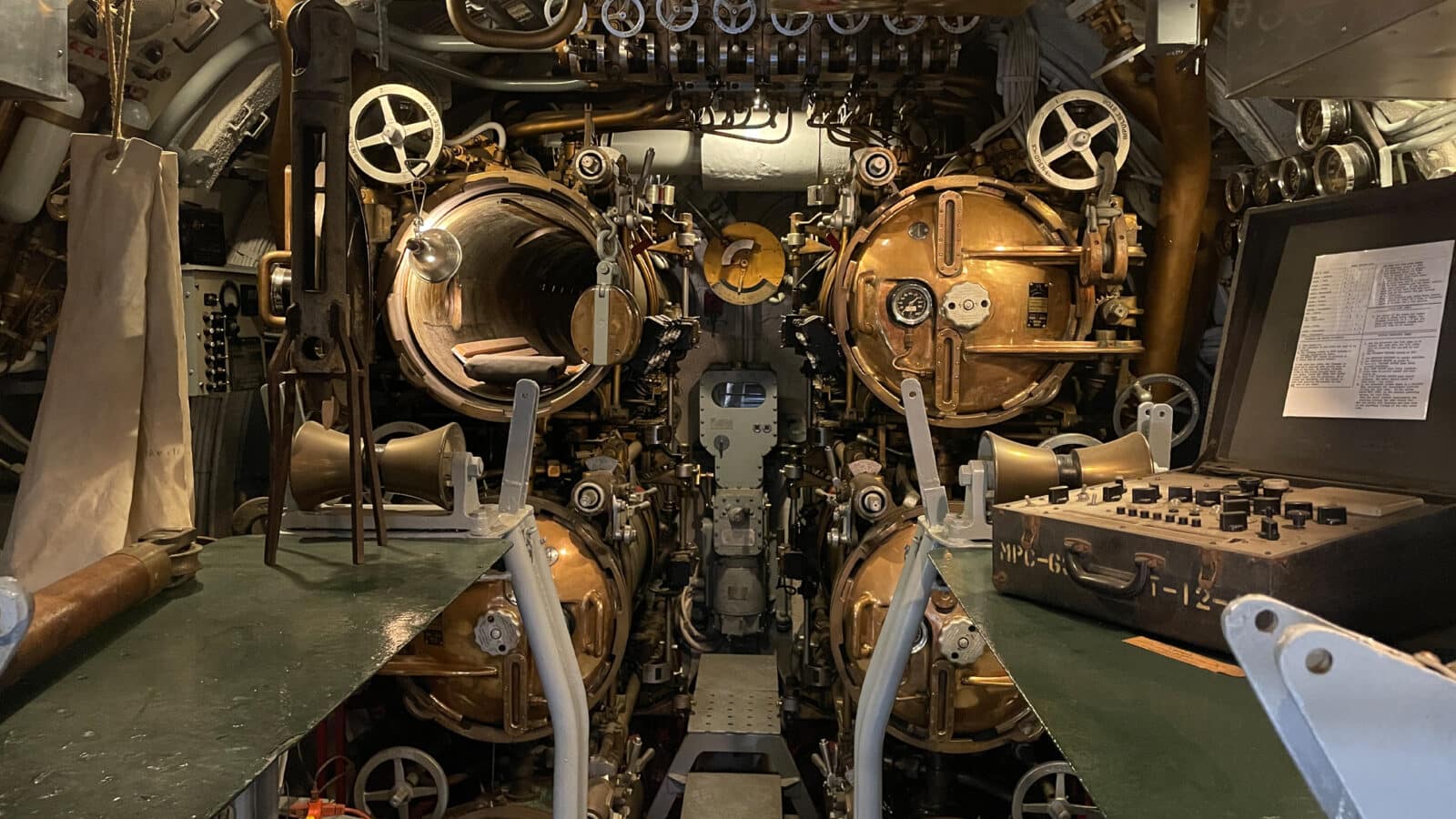




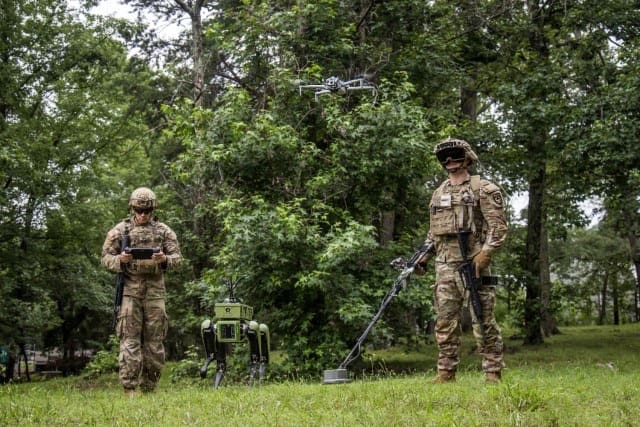

Leave a Reply